So before you get to far into reading this, the people that have spoken to me about fish enough will probably know that I have about a zillion different “favorite fish, but without a word of a lie, I love Frontosa and they are my favorite aquarium fish, the presence they have in the aquarium is incredible and I feel it makes them a phenomenal animal.
Frontosa sp. come from Lake Tanganyika, which is one of the great African Rift Lakes. Lake Tanganyika itself is a very remarkable body of water, being the second oldest lake in the world, the longest freshwater lake on the planet as well as being the second biggest via volume as well as depth. It is estimated to hold 16% of the worlds freshwater supply. But enough about the Lake, let’s talk about the fish.
Frontosa or lump head cichlids are slow moving graceful creatures that very rarely waste their energy while swimming. I always found them swimming in a pack with the alpha male leading the group slowly from one end of my aquarium to the other. Through the day he would break away from the group and go on scouting type journeys by himself before returning to his heard. It was truly a magnificent sight. This I feel would be mimicking the animals from the wild, where they live in large colonies.
In the wild Frontosa swim from ranges of 10-50 m deep which is rather deep for aquarium fish, because of this if your aquarium is big enough you can have very minimal decorations in your aquarium if keeping Frontosa. A few large rocks scattered about seems very fitting for these beasts of the aquarium. Plants can be hit or miss, but if you are going to give the ma go, Anubias or Java Fern would be the best bet.
Males of this species can get up to 30cm in length and are very girthy a fully developed male with end up growing a magnificent cranial hump, it is said the bigger the hump the stronger the fish. Females tend to stay a bit smaller around the 20cm mark and do not get as dominant of a cranial hump. With these numbers in mind I wouldn’t personally recommended an aquarium any smaller than 5 foot, but again the more room you can give these magnificent creatures the better. If you can keep your water temperature around the 26-27 mark with a pH around 8.0-8.5 your Frontosa will be happy for the years to come. Frontosa should live 10+ years so getting your water right will g along way to a long life for your fish.
Feeding these beauties is easy, being that they are a natural predator a protein based diet is advisable. Krill, mysis shrimp, bloodworms, mosquito larvae and the like are all acceptable treat foods once or twice a week. As a staple, I preferred to feed mine New Life Spectrum 1mm sinking cichlid but I know that there are other options about.
Something else that must be known about these majestic gems is that they are incredibly docile, but very flighty. If they get a fright and they do, they are incredibly rapid movers. The same can be said if they see something that looks tasty that can fit in their mouth, they will defiantly give it a go to get it in there, although they are not considered massive predators.

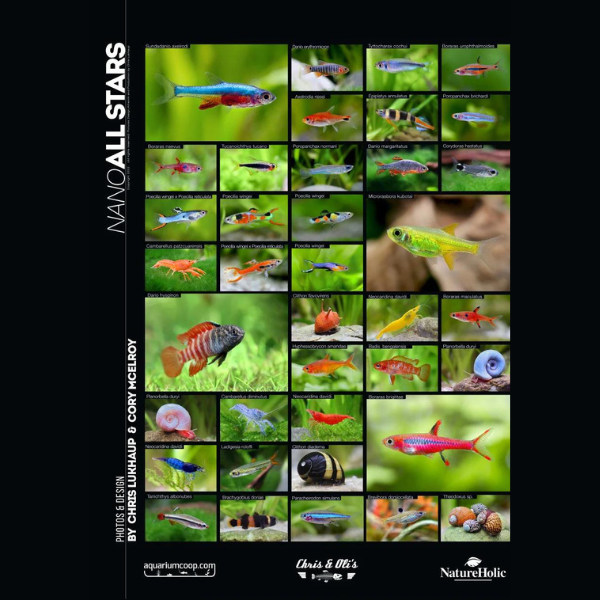
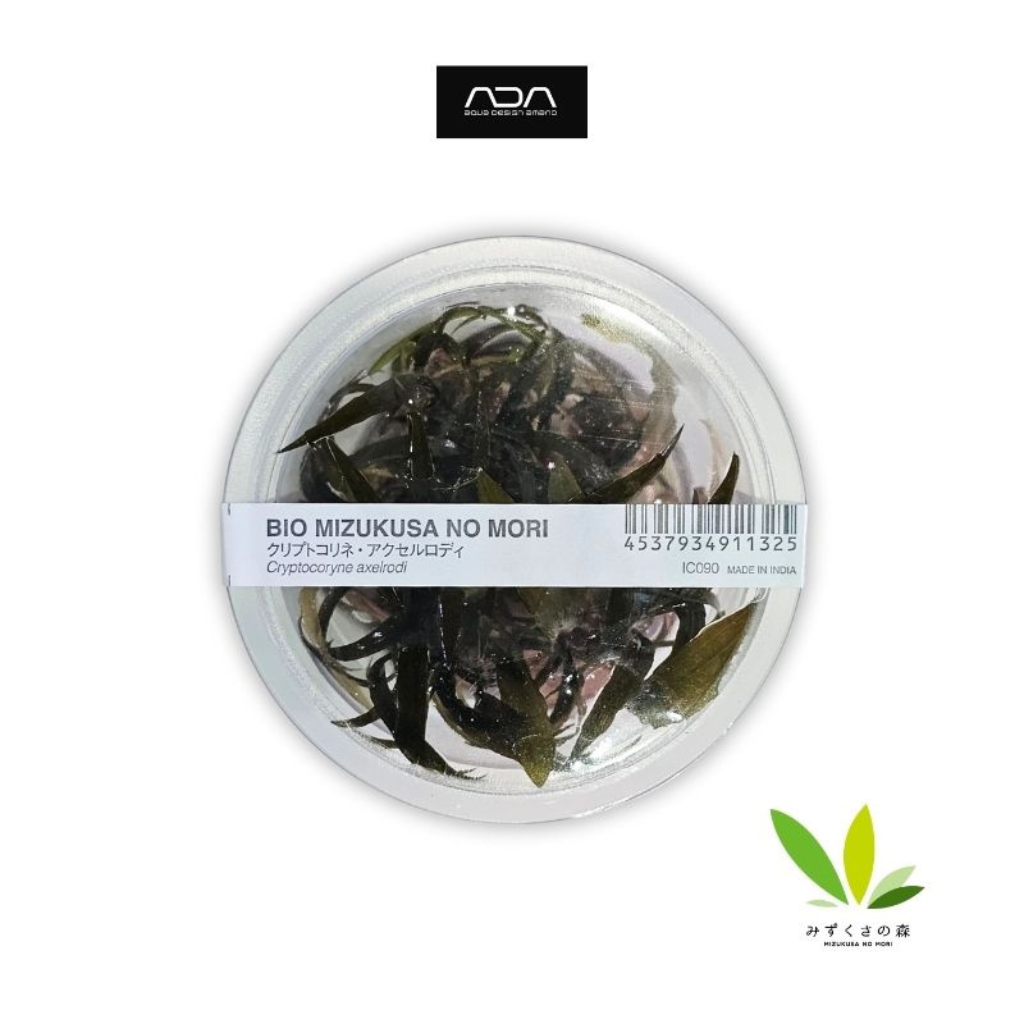
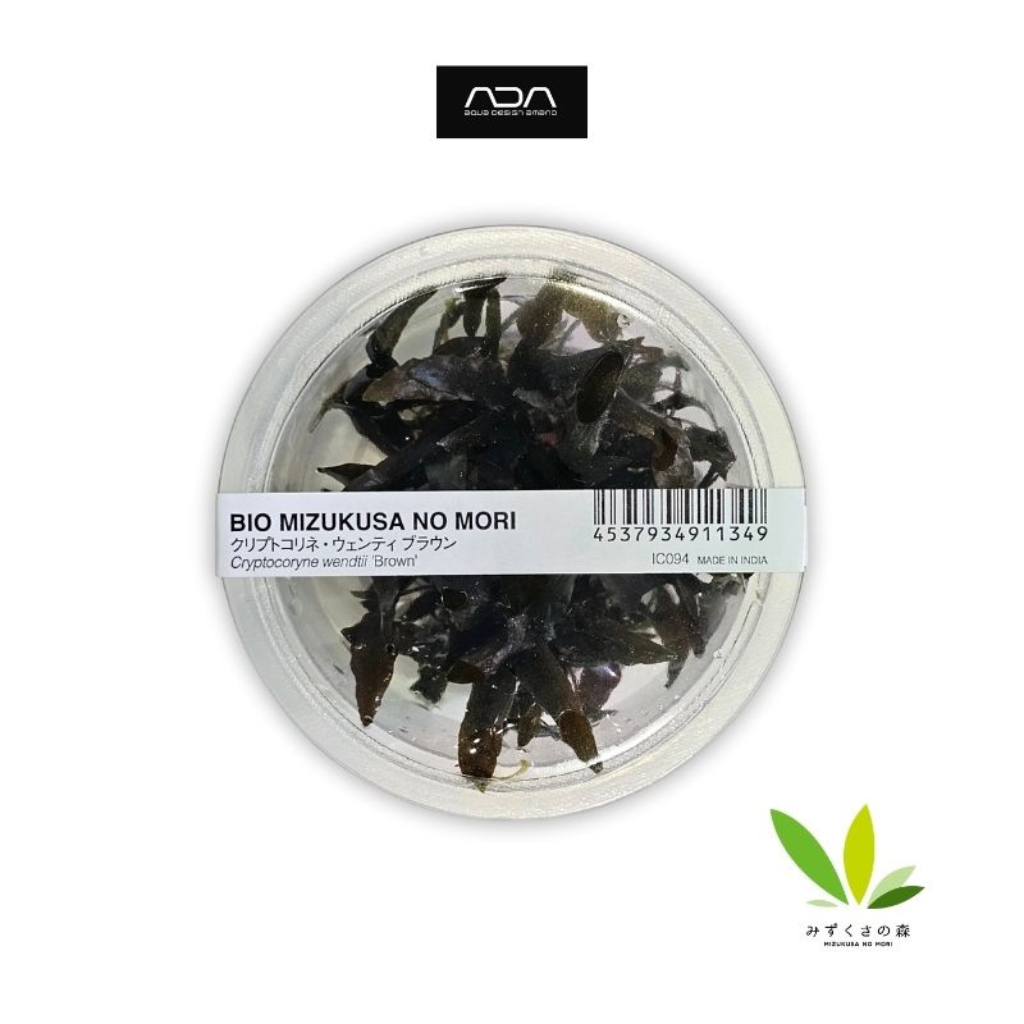
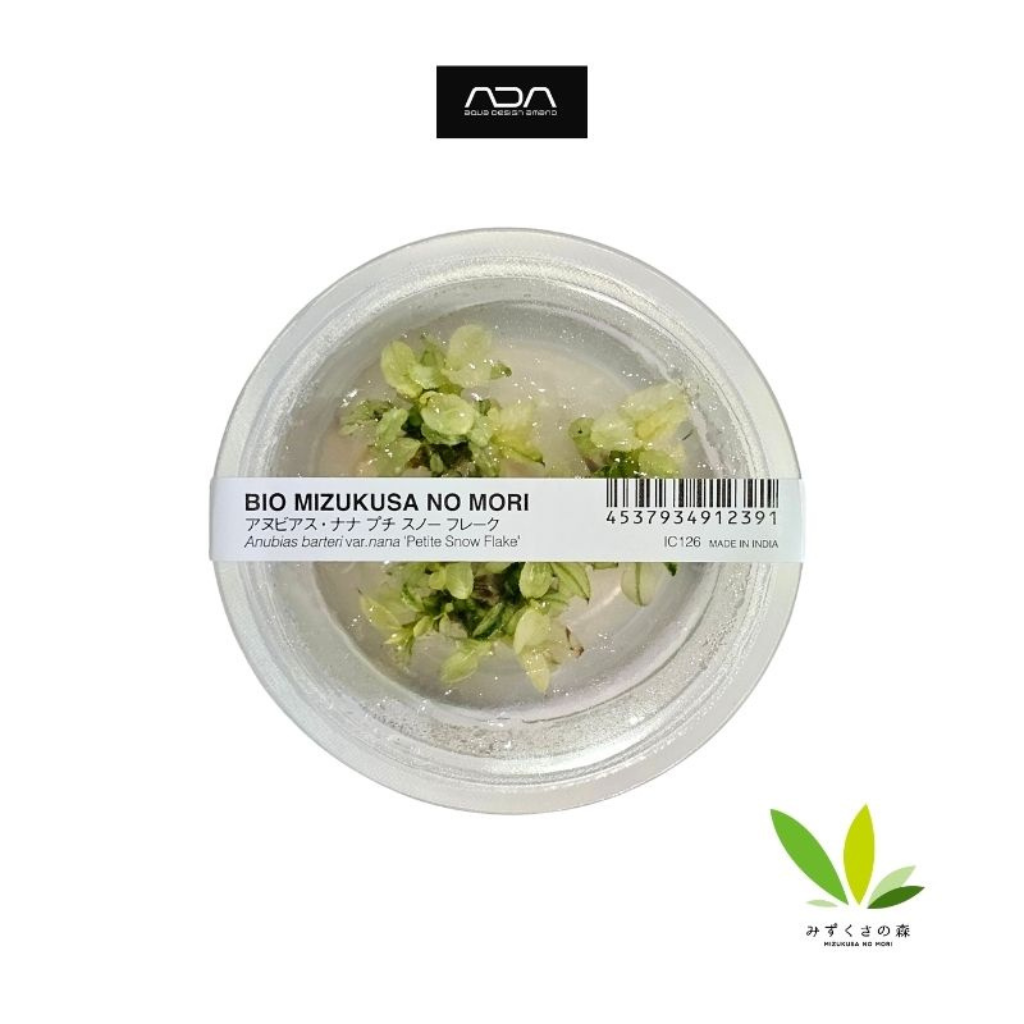
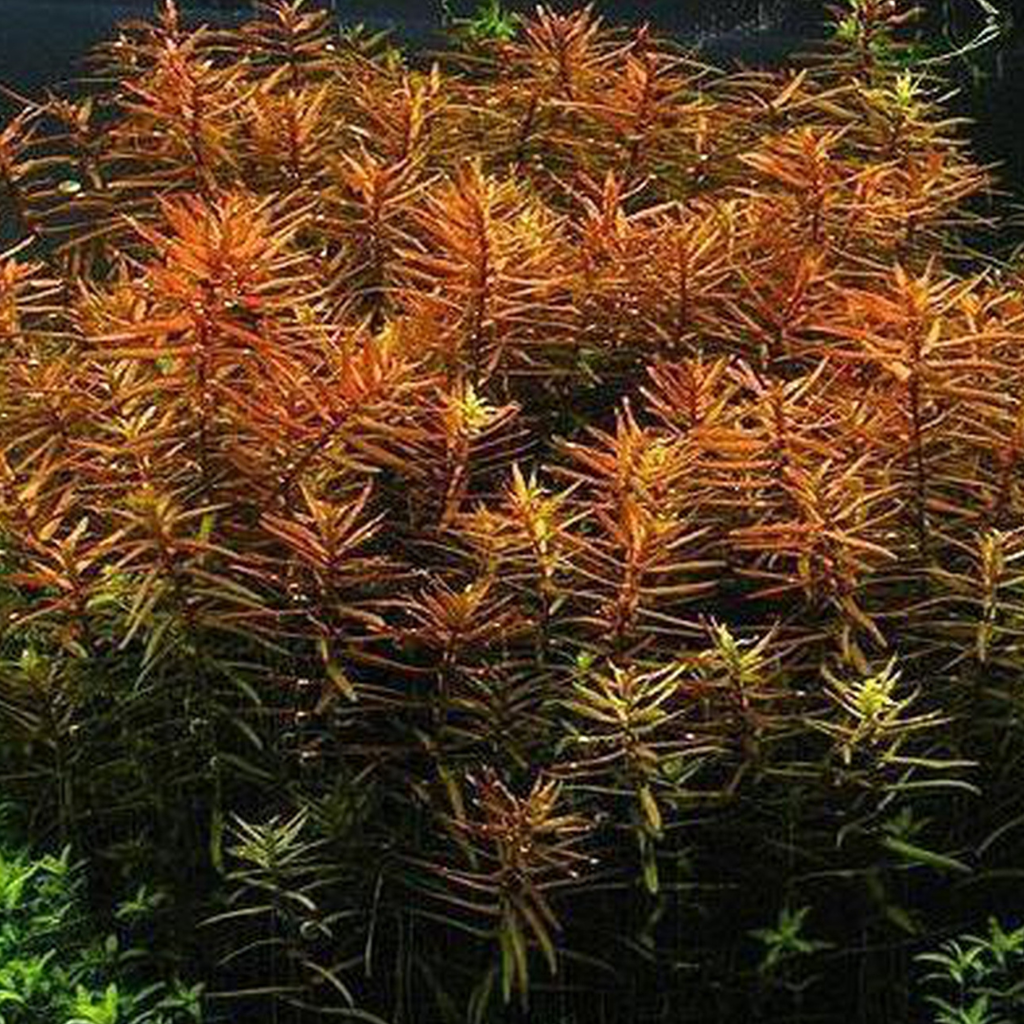
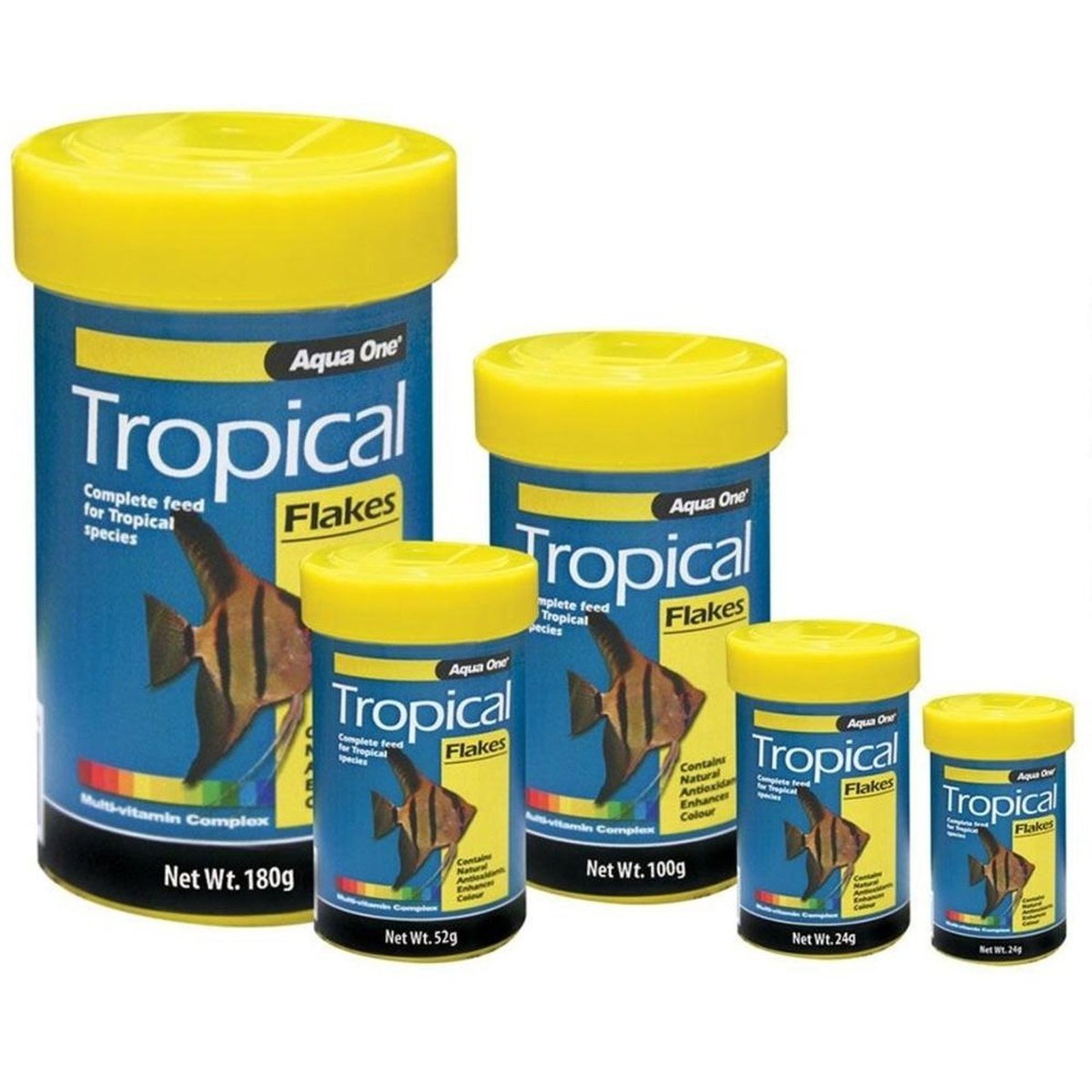
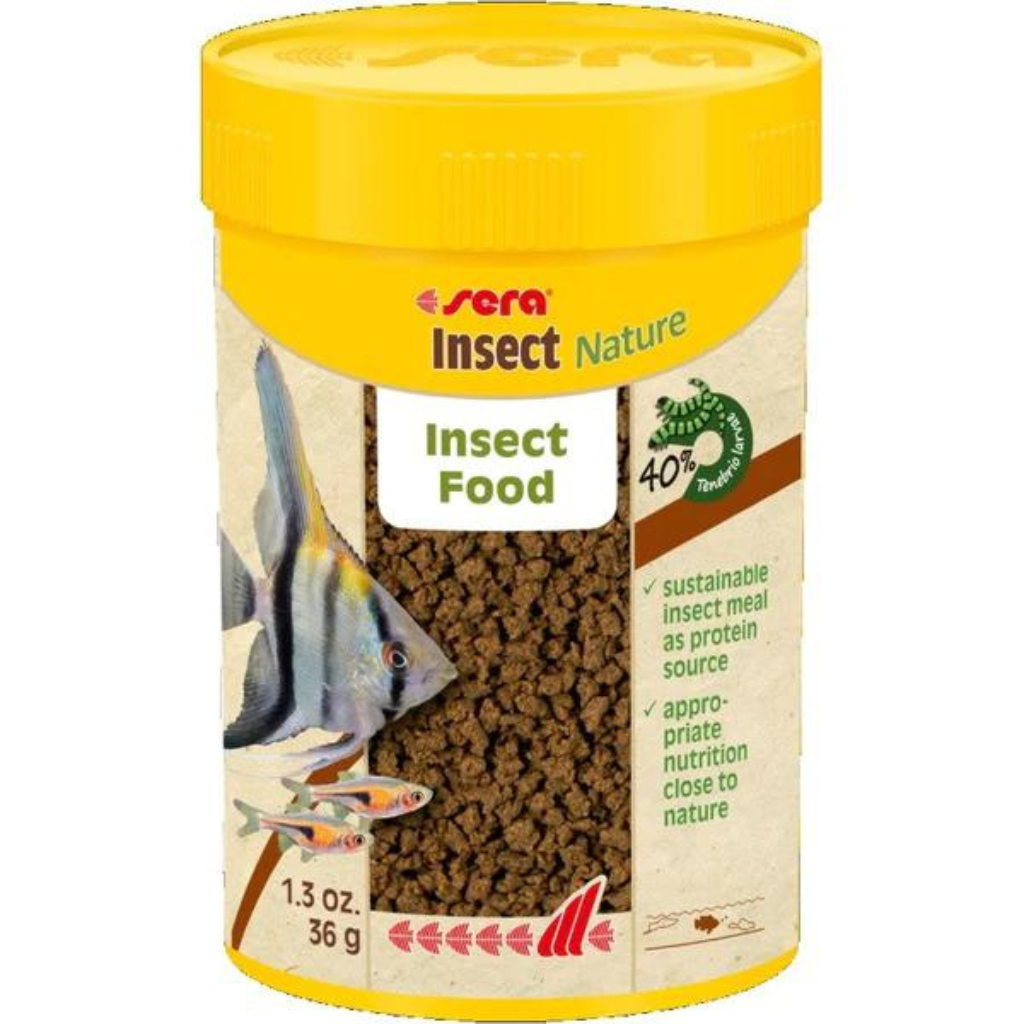
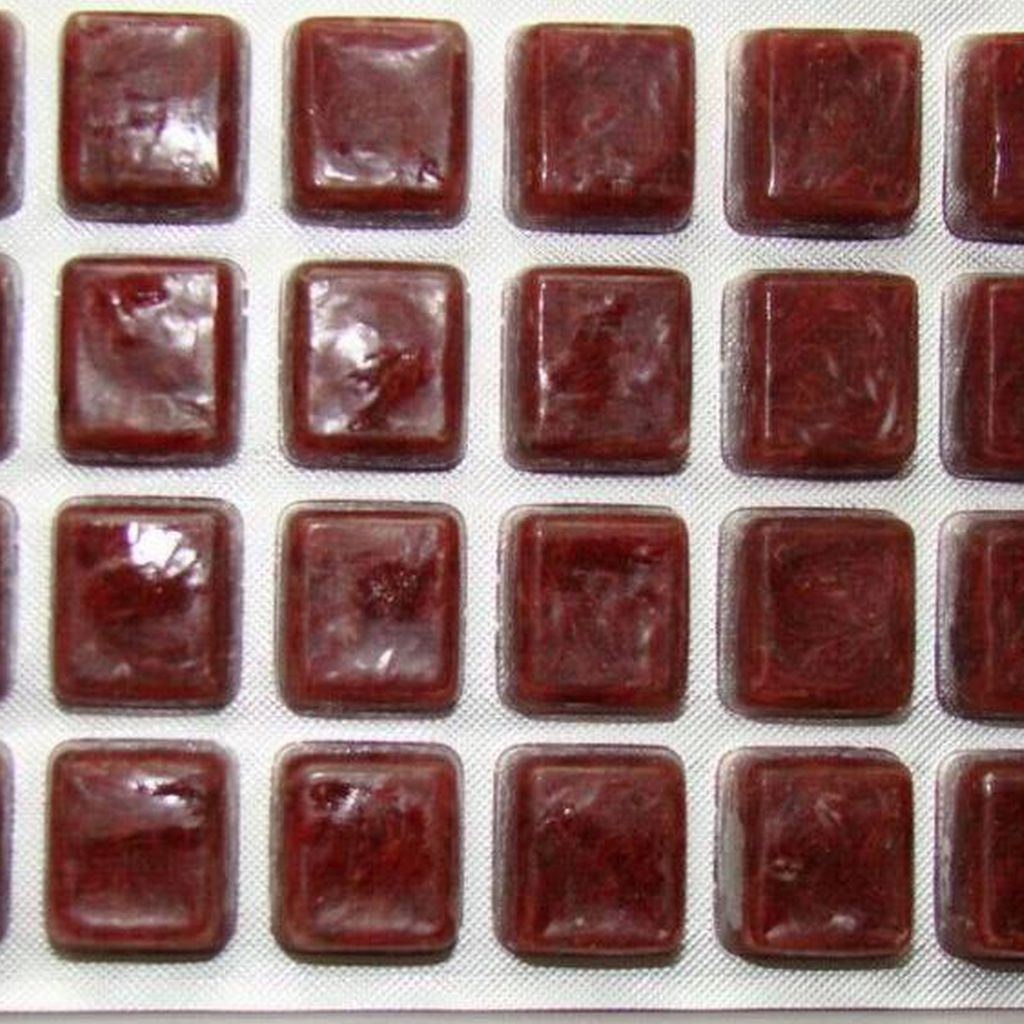
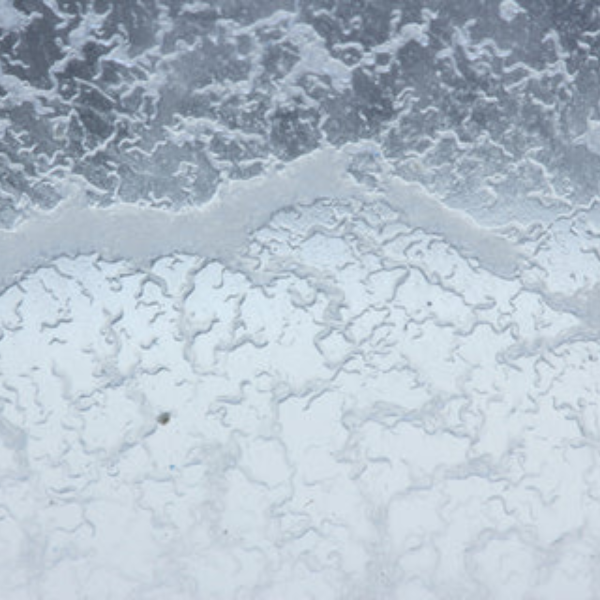
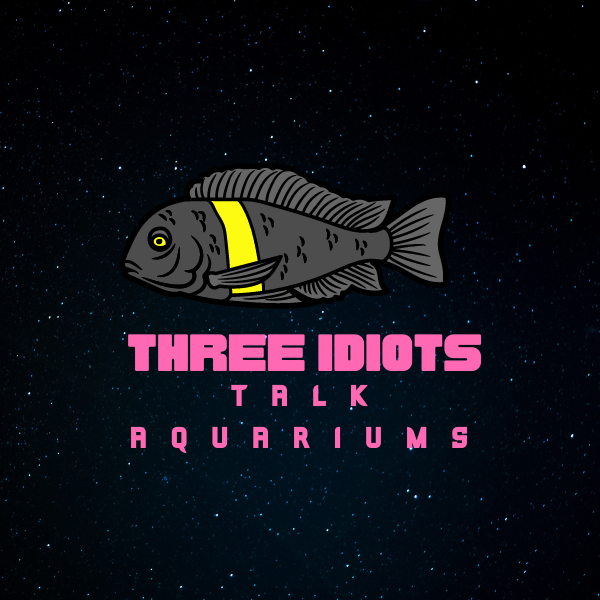



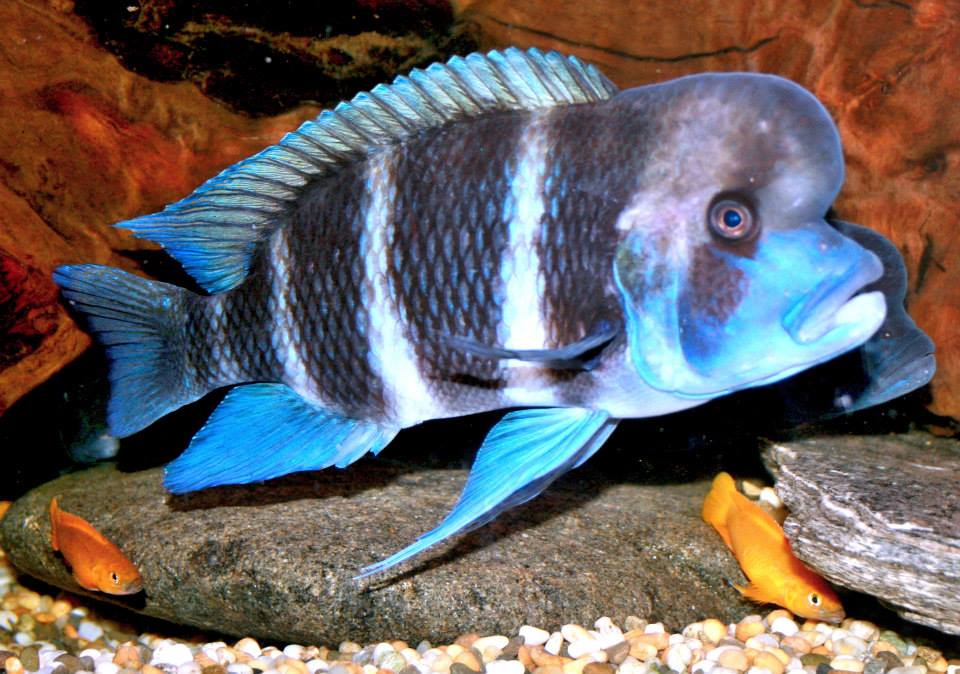
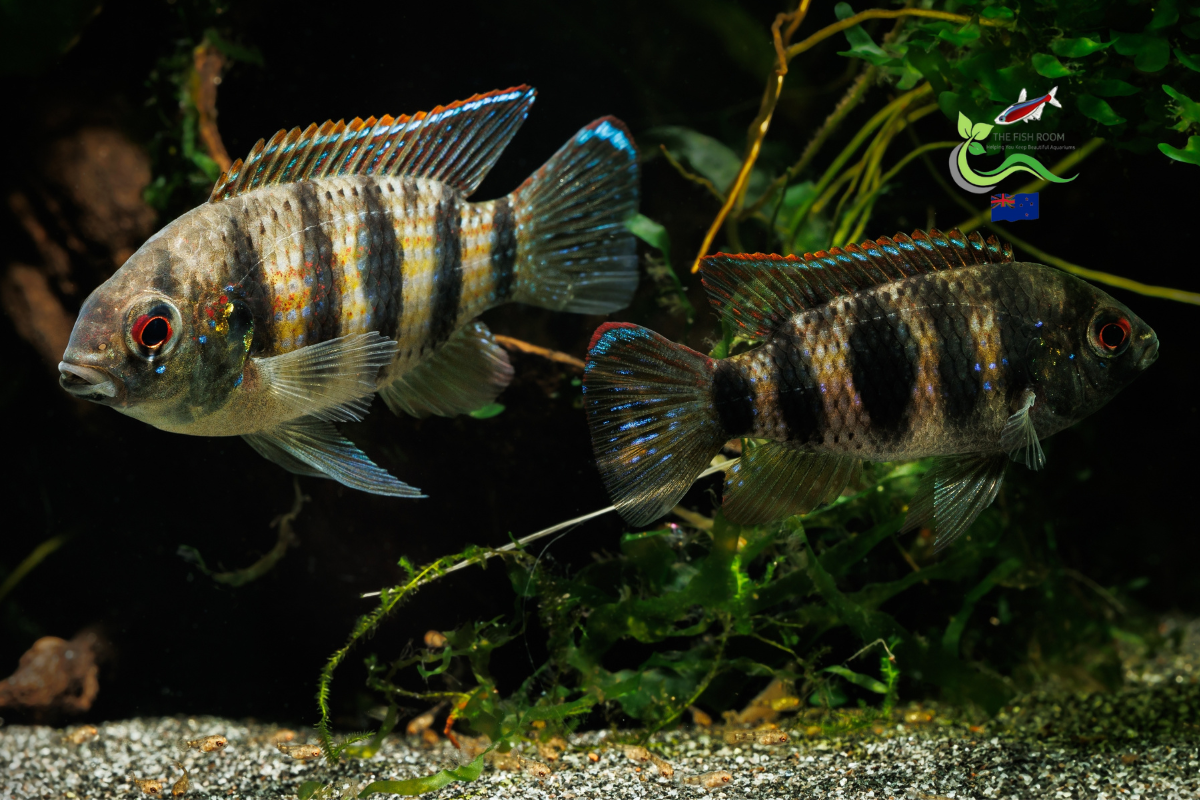
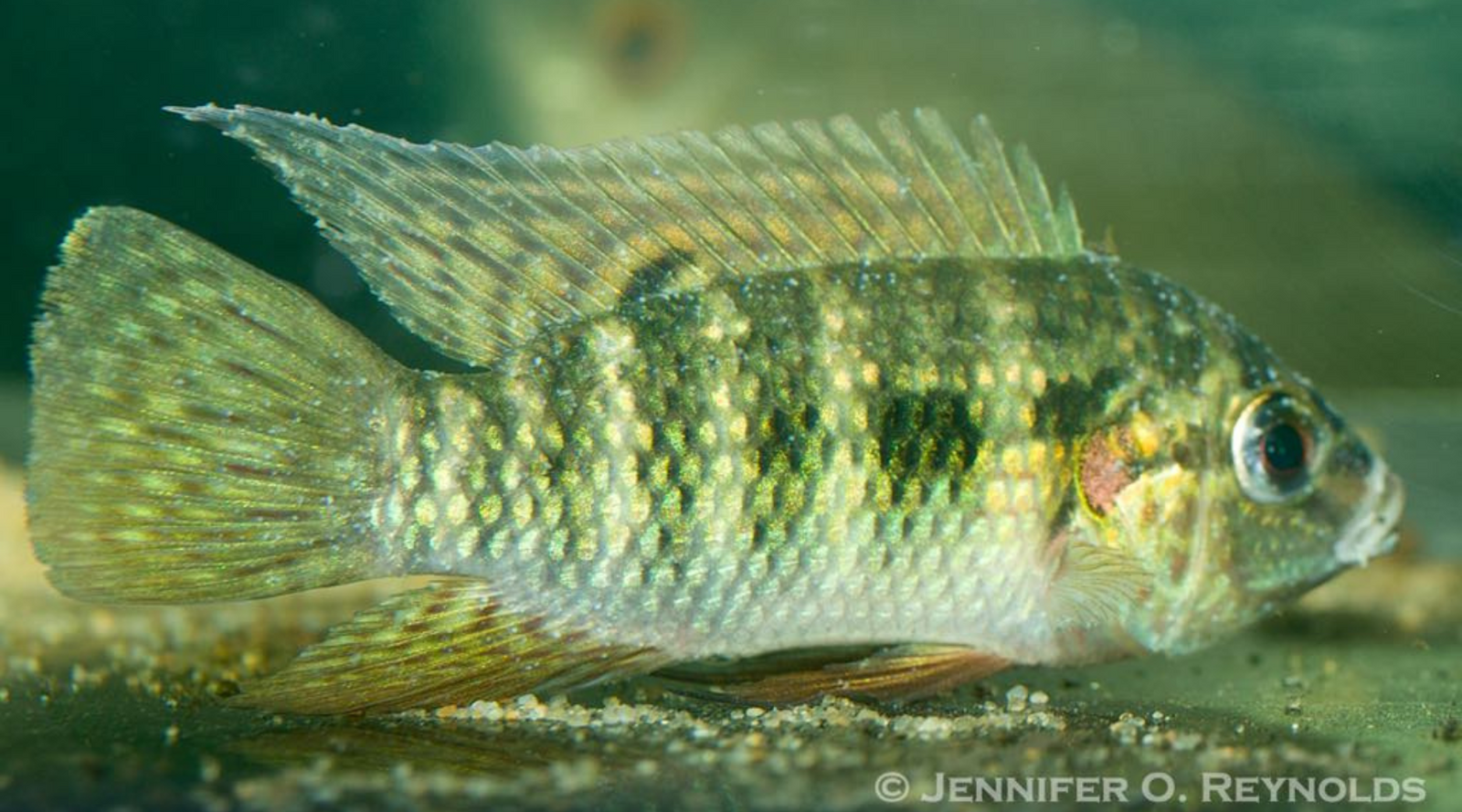
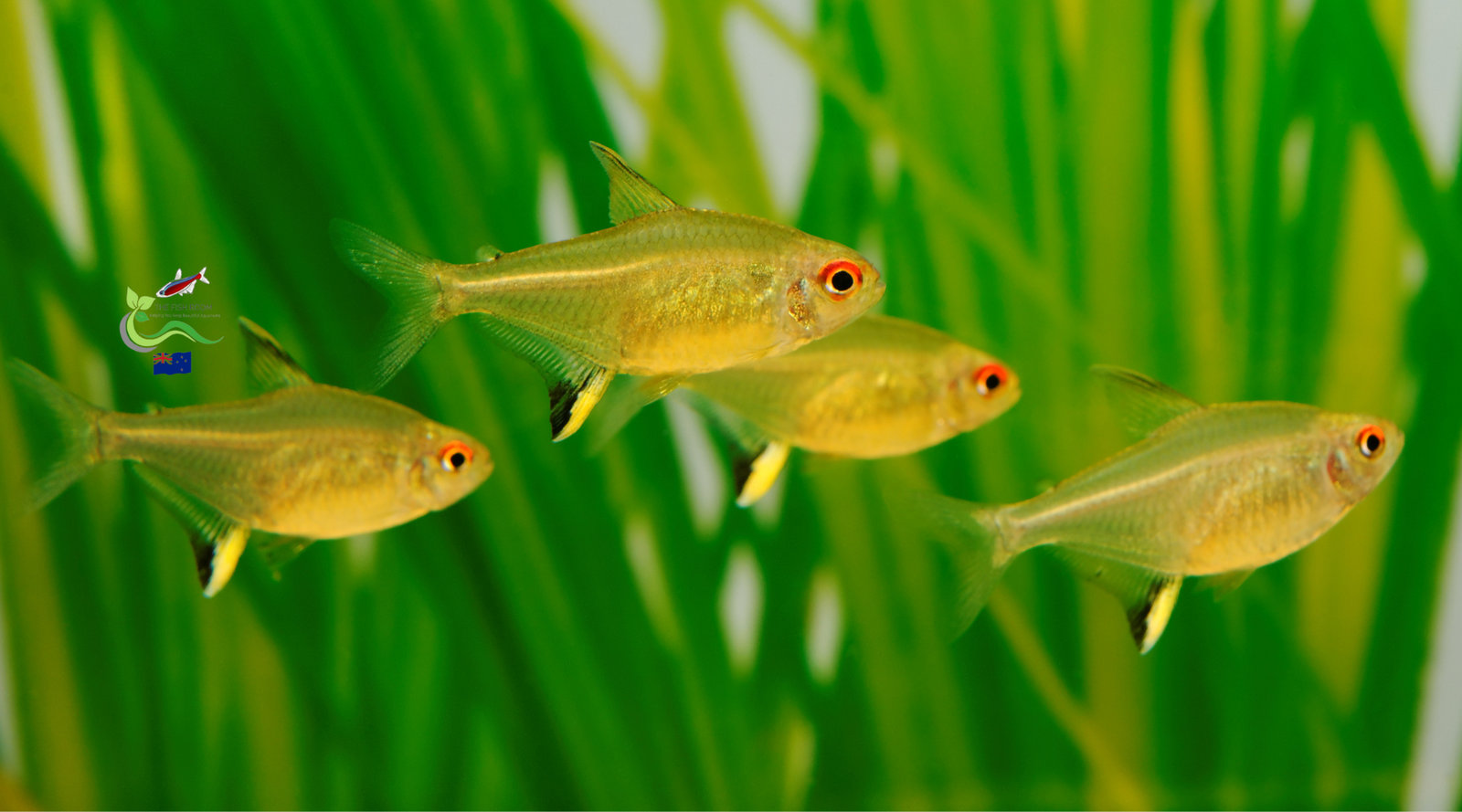
Leave a comment (all fields required)